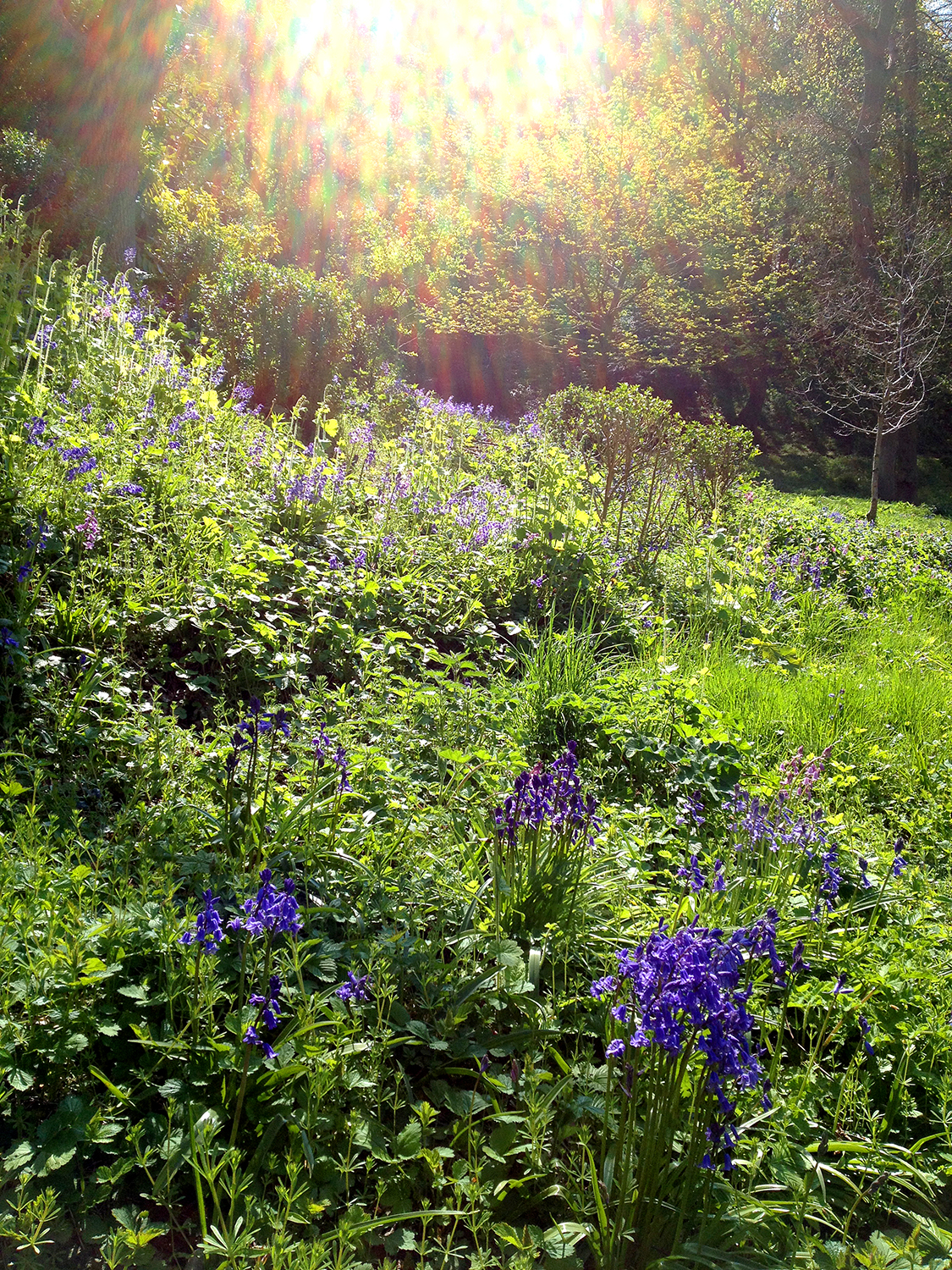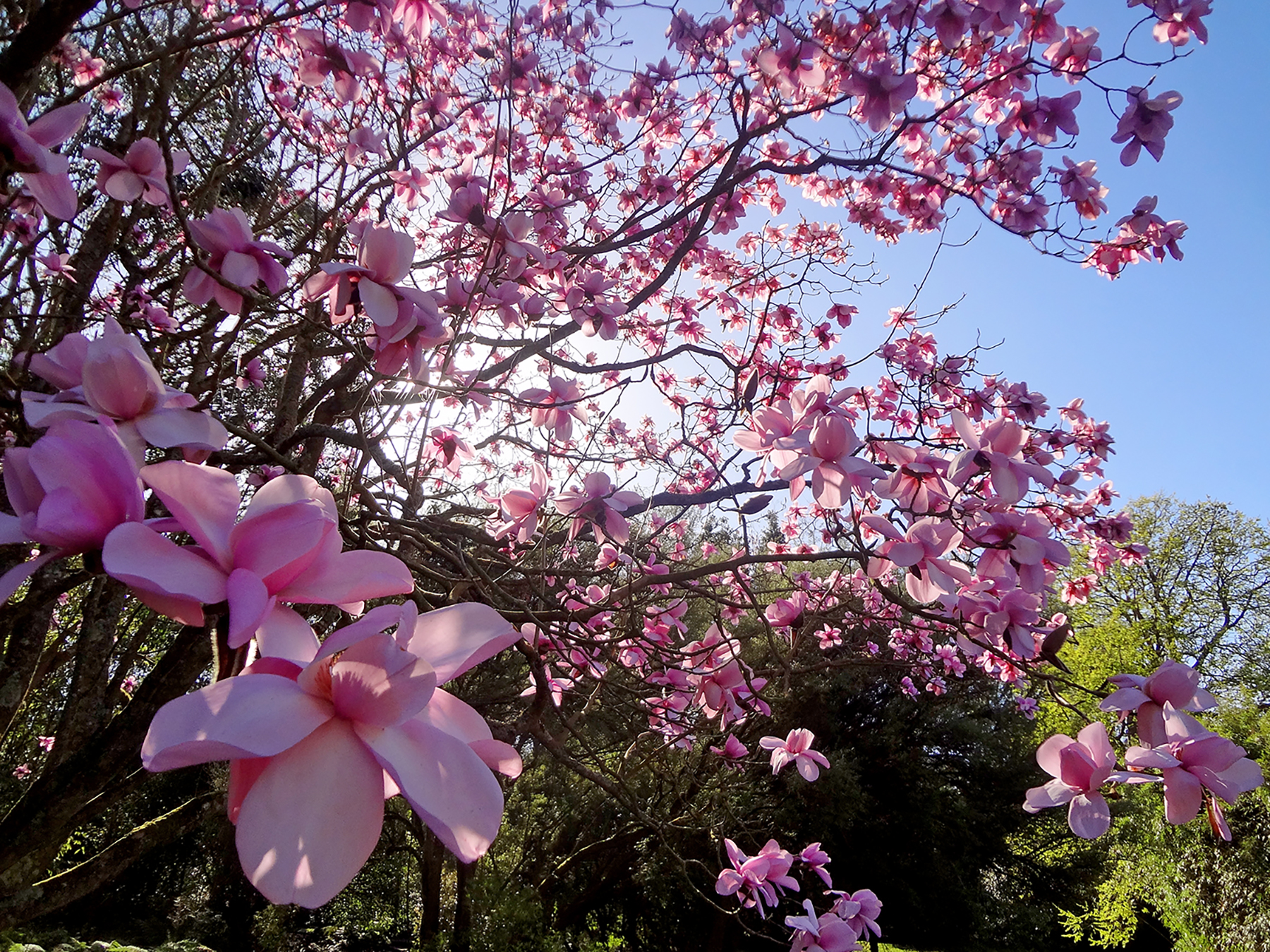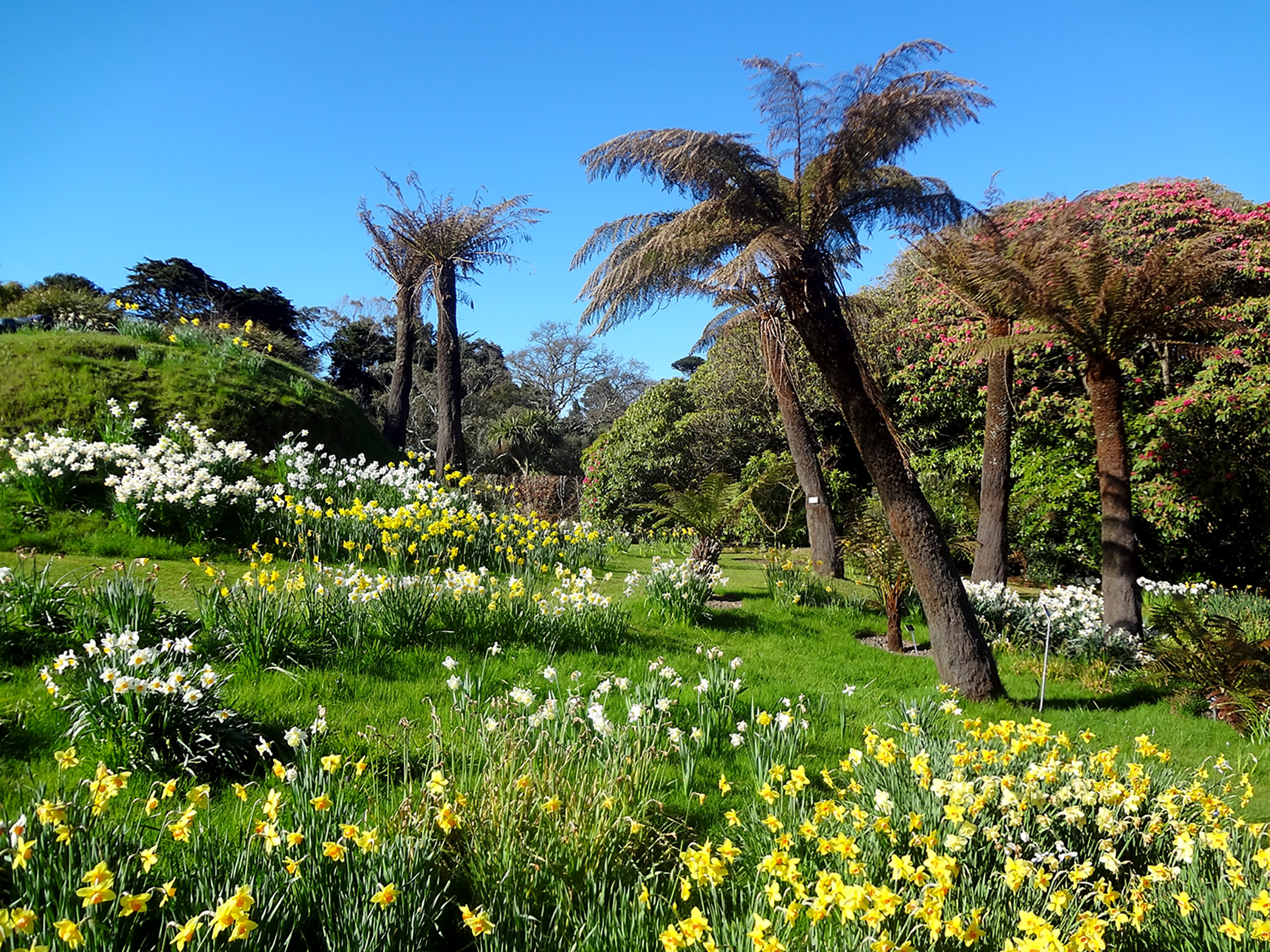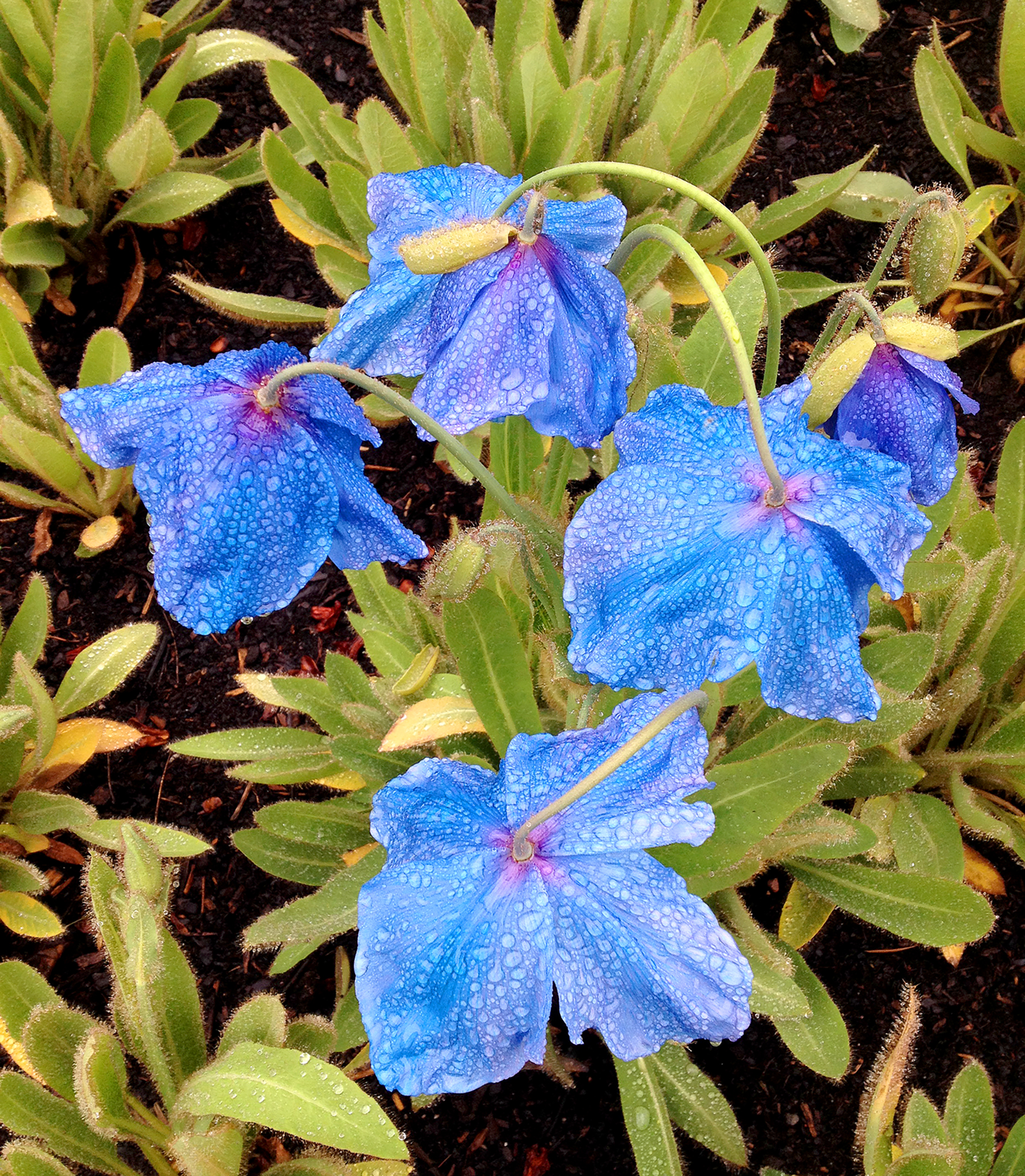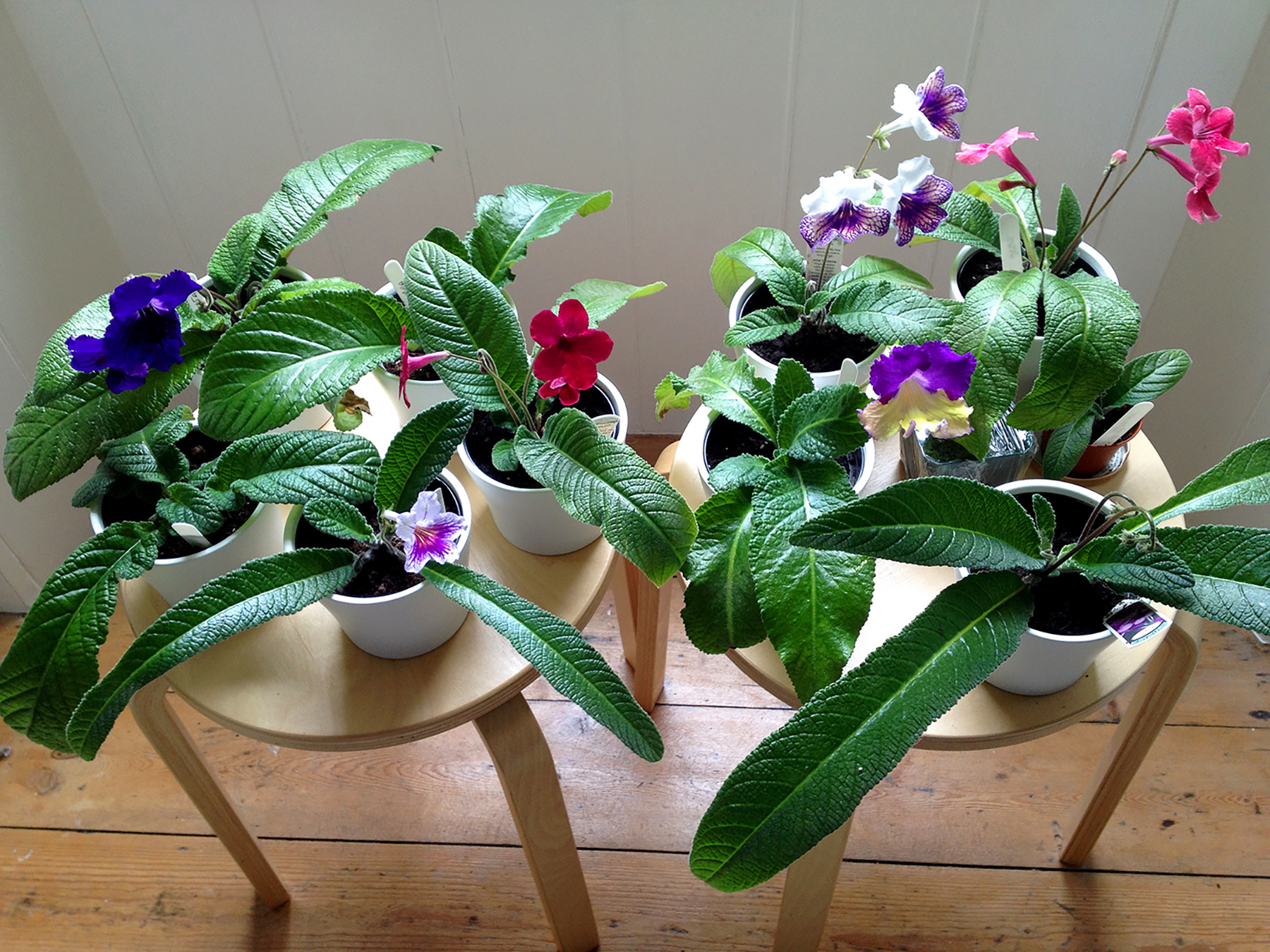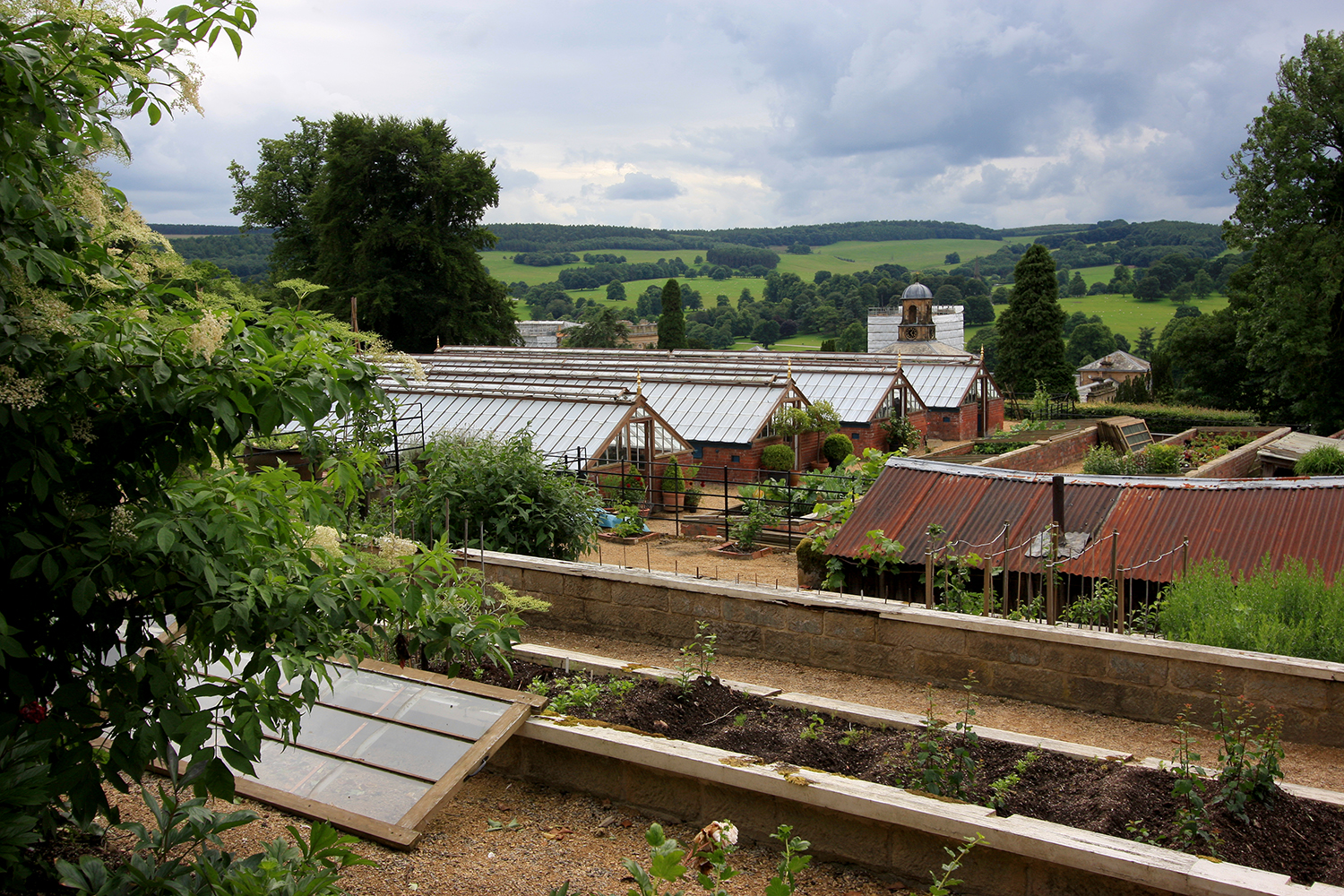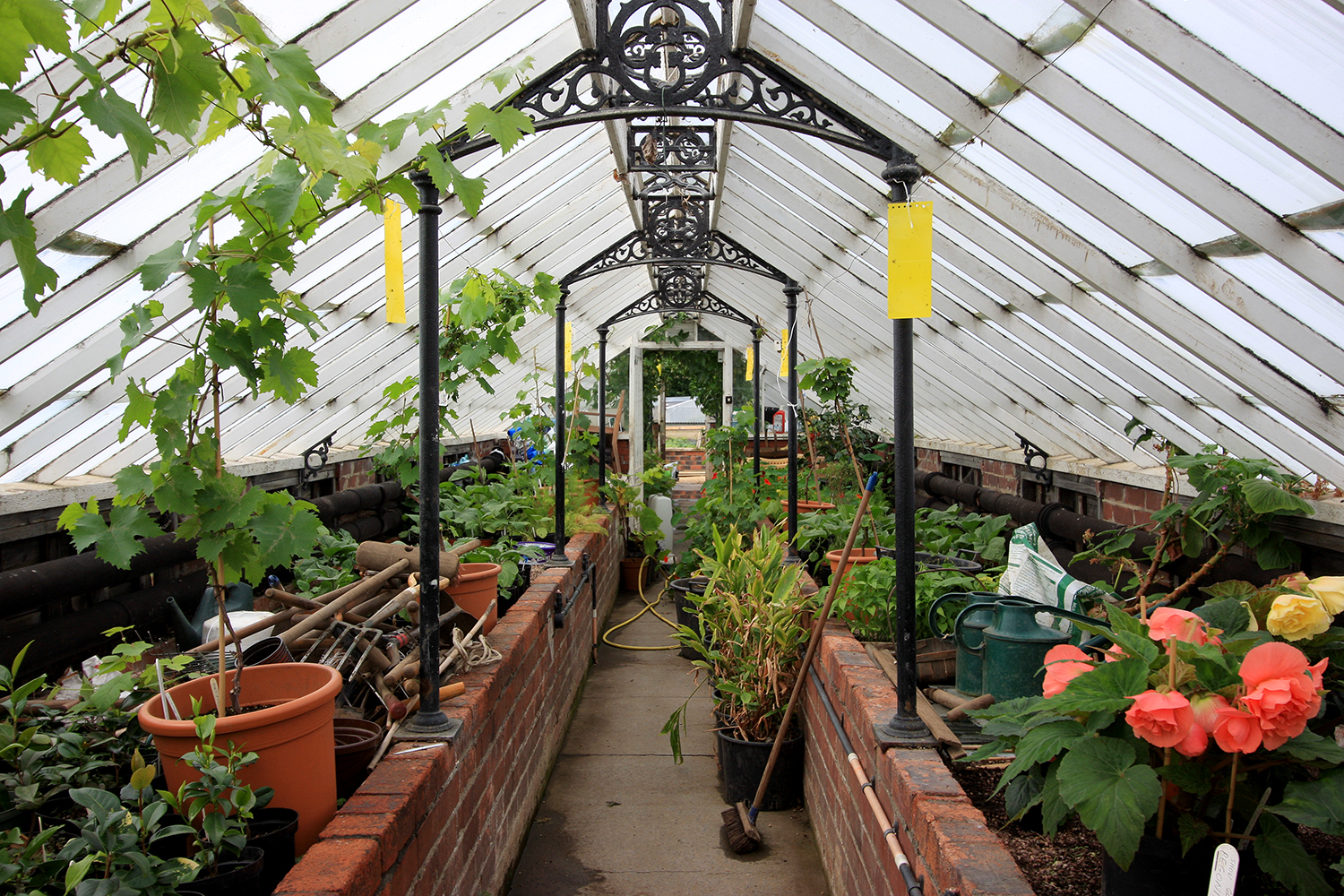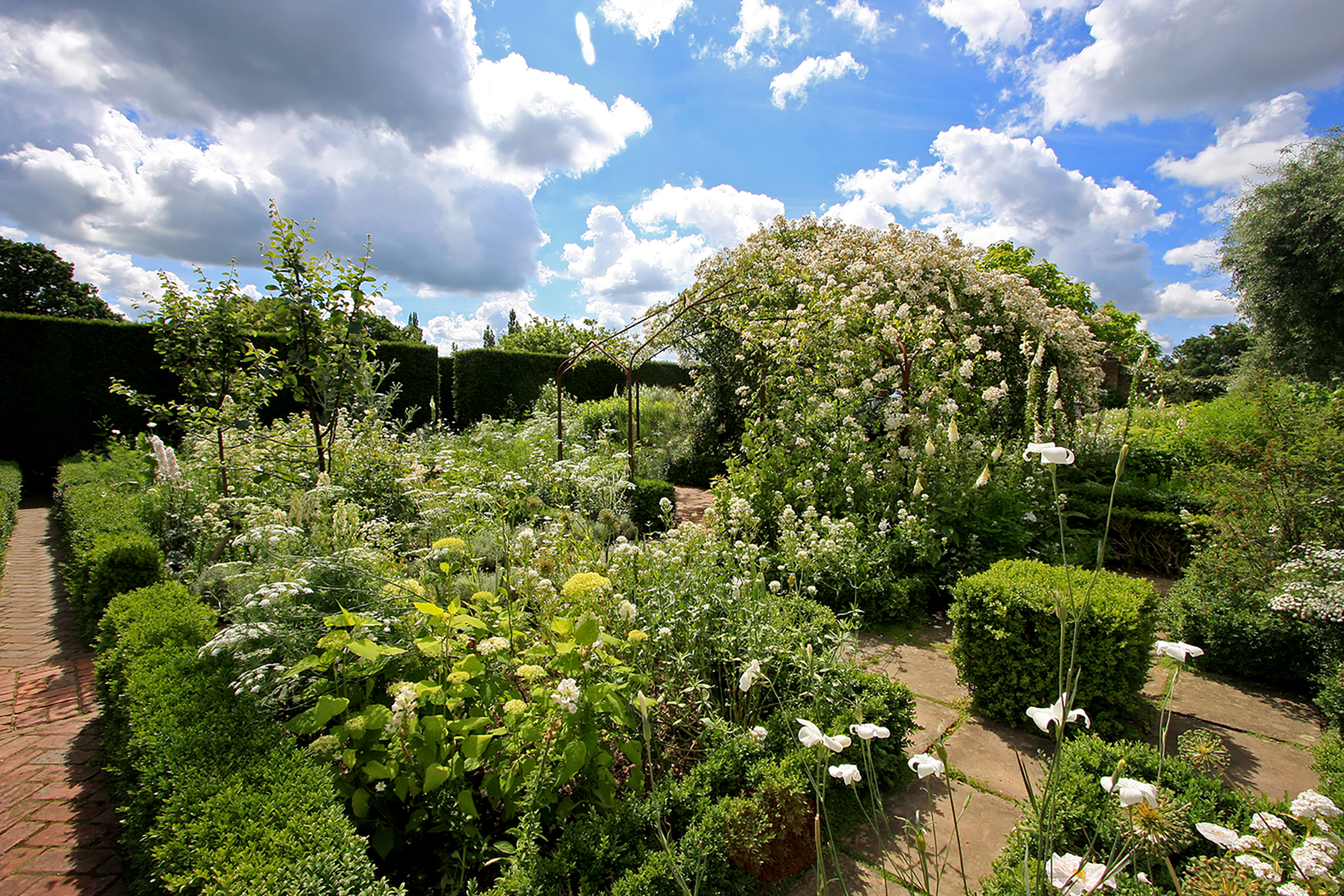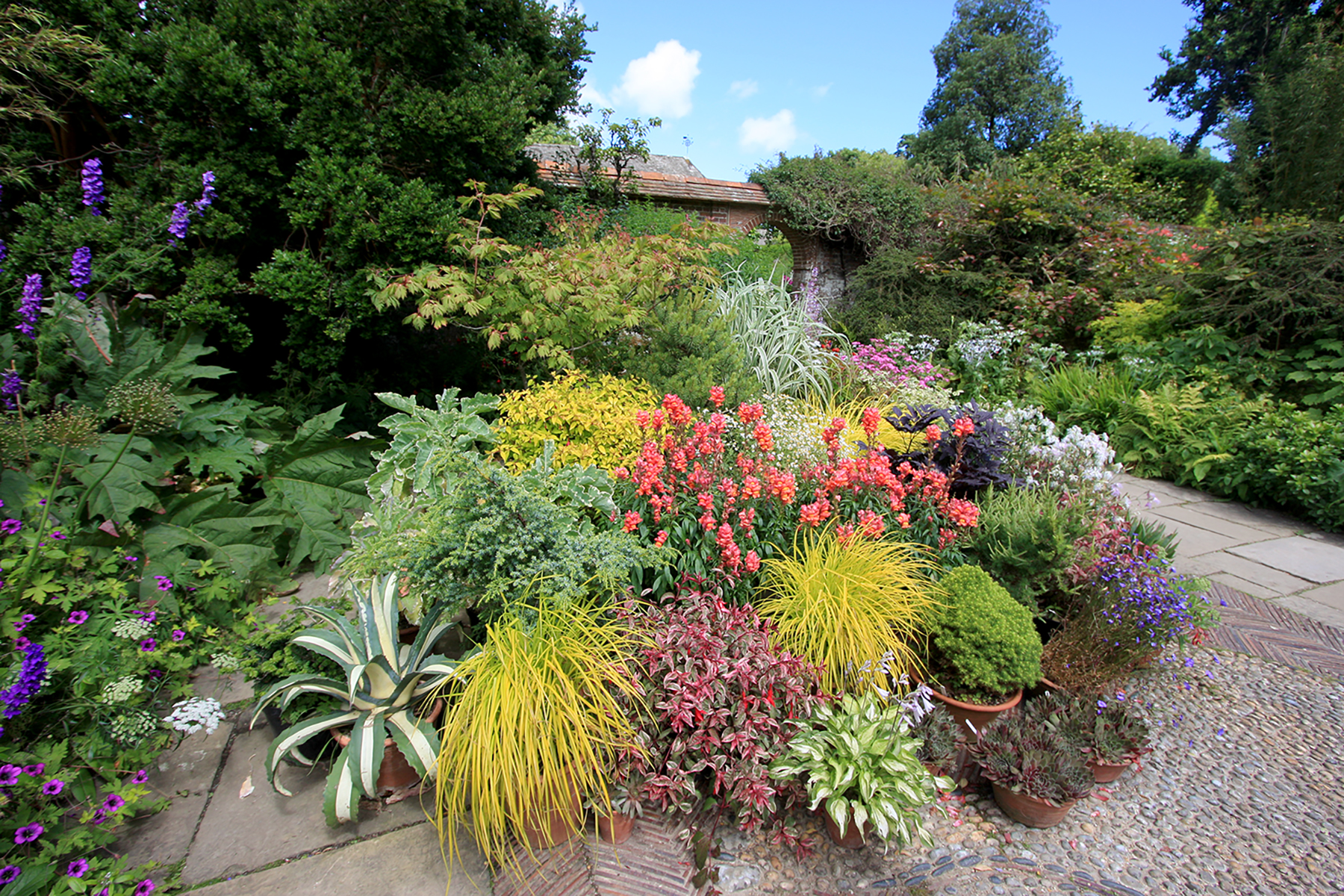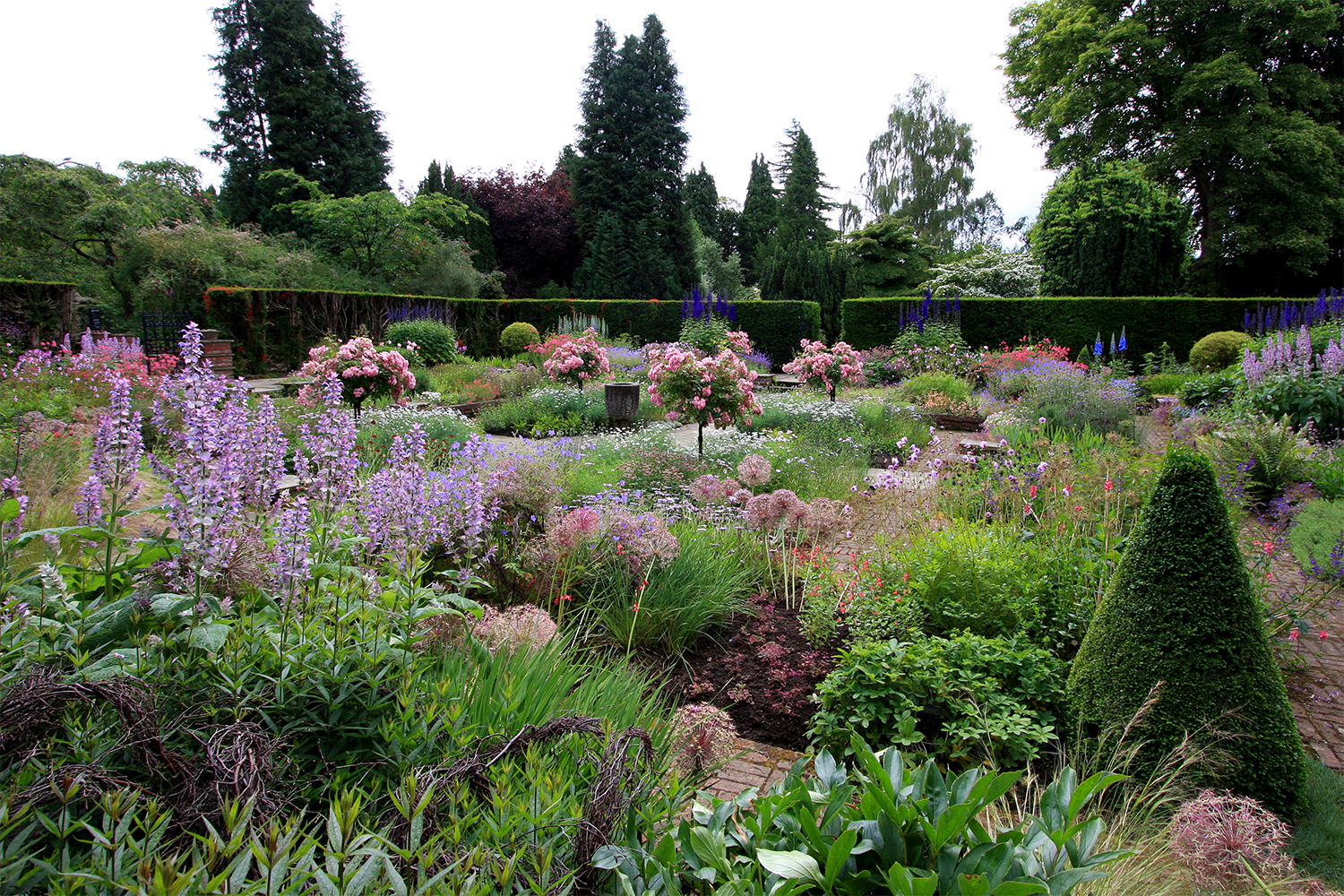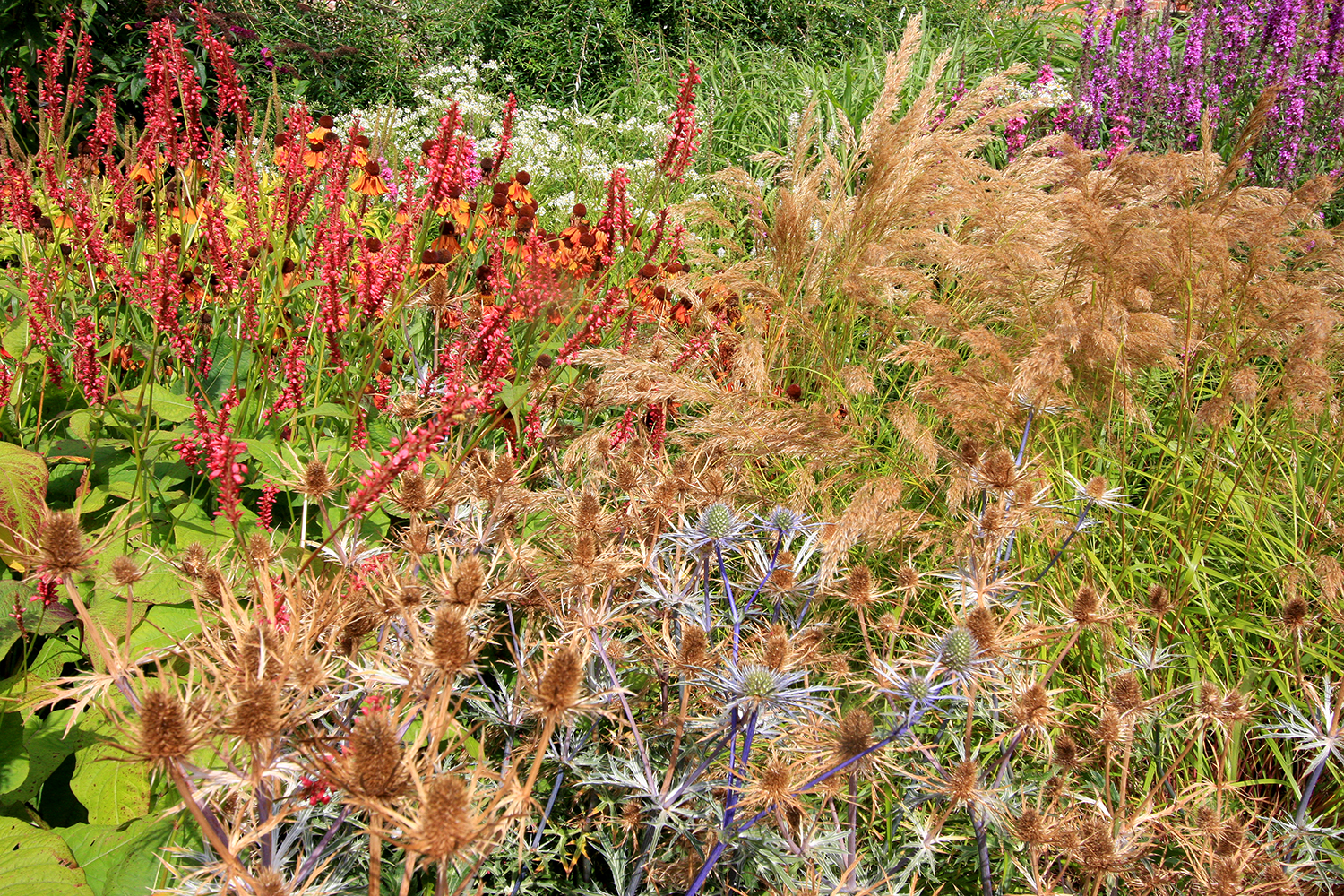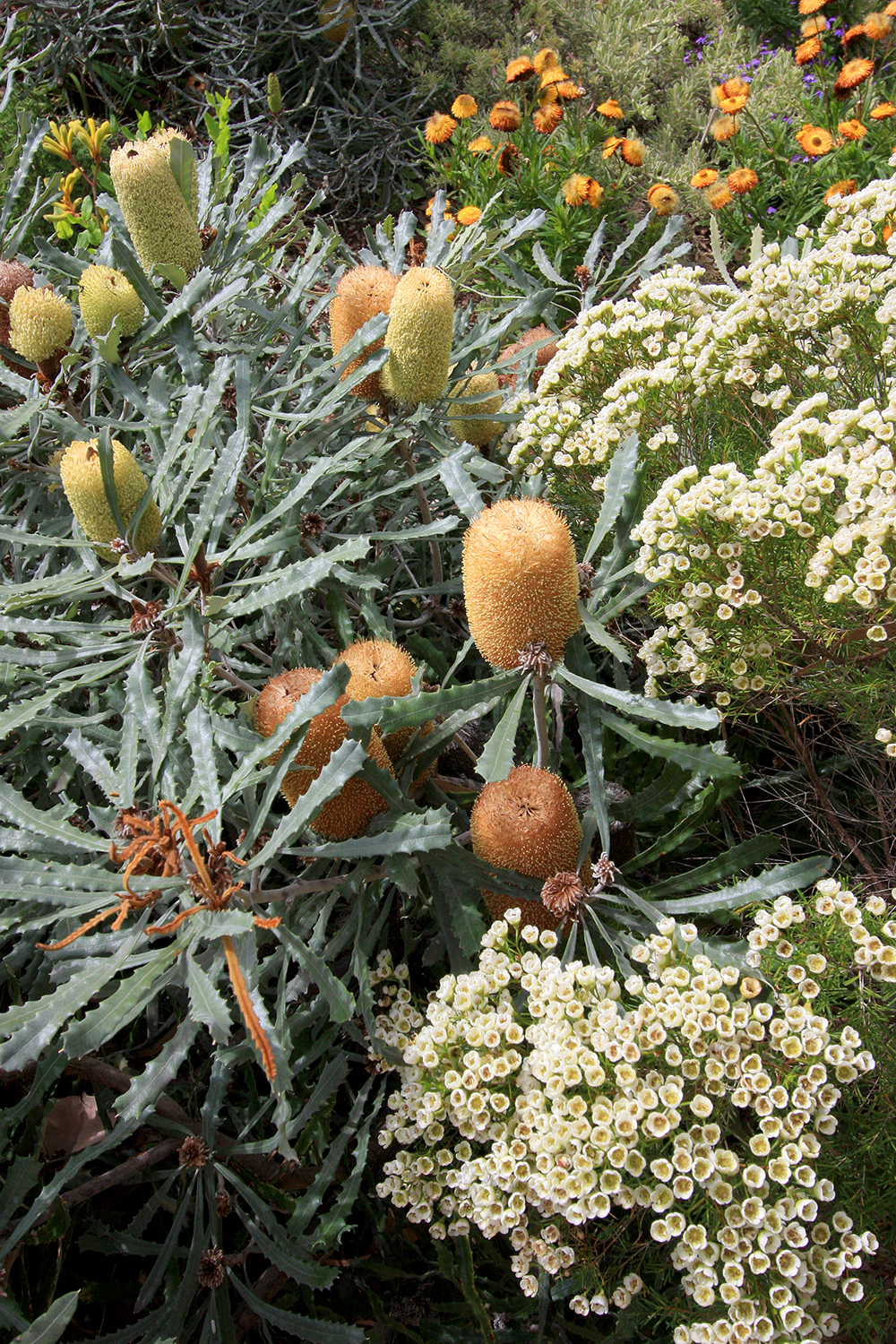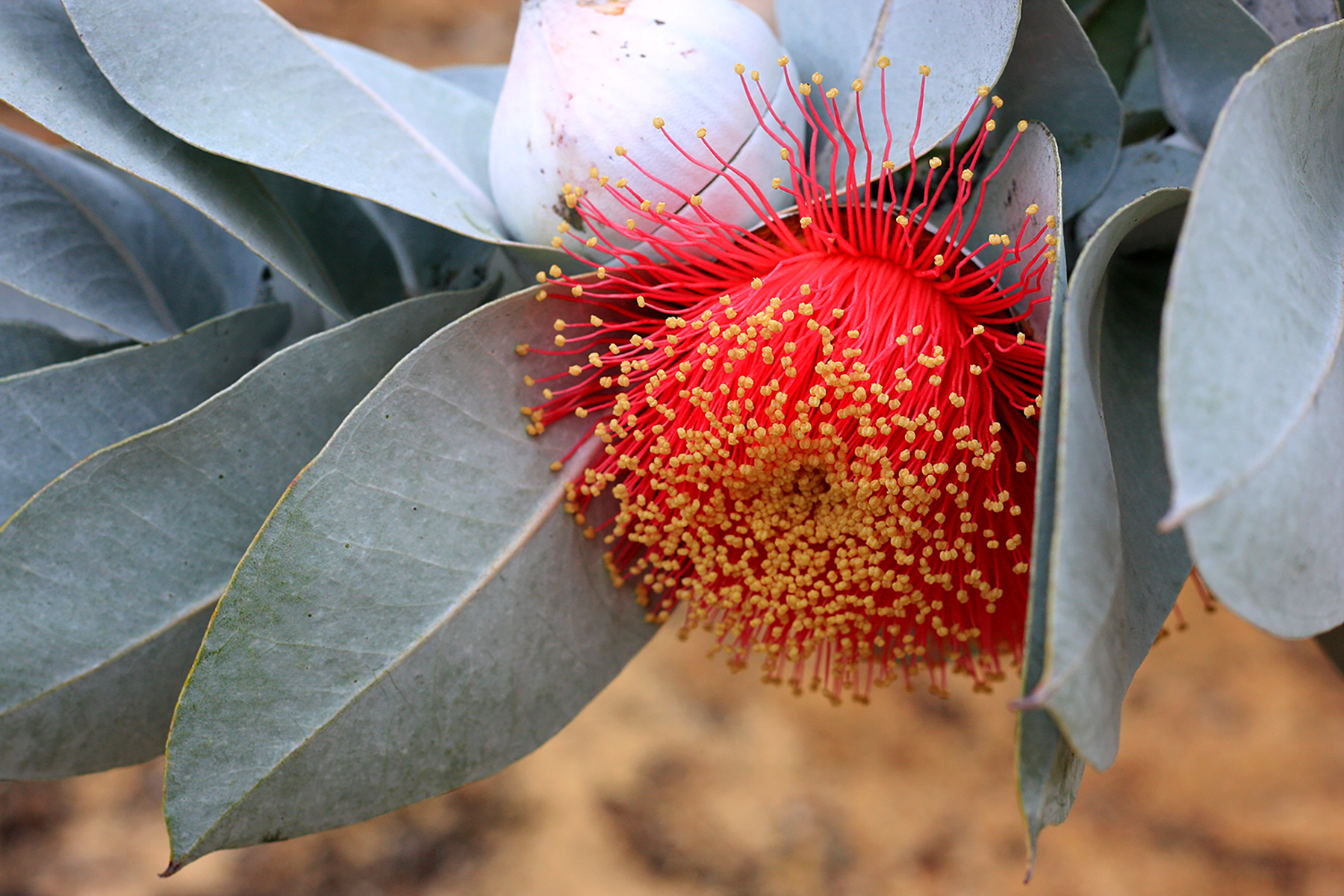We're getting the first real rain today in two months, to the day, and not a moment too soon. Eight weeks without water combined with near record-high temperatures has turned the lush green England is known for into a dry brown so extreme it's visible from space. British gardeners are wilting right along with their charges, and head gardeners such as myself are trying to balance responsible irrigation, the plant well-being and production we are paid to deliver, and the health of our staff. And the garden I'm not paid to tend and can't afford to water--my own--well, that's just sailed off into the sunset of the 2018 summer season as console myself with the spring bulb catalogues.
As difficult as this summer has been for ornamental horticulture, I am really feeling for local farmers whose lives depend on rain. At work I'm doing my best to keep the high-value plants (in terms of money and years invested in their growth) such as trees, topiarized hedges and large shrubs alive, knowing full well I may need to replace some smaller herbaceous material. The most obvious effect on production I've known this year is my glasshouse tomatoes have failed to set fruit due to the sustained high temperatures over 120°F/49°C despite total ventilation and twice-daily damping down. Sustained days over 90°F causes pollen to become nonviable, leading to the abortion of flowers and any potential fruit.
Not producing a home-grown tomato for one family is a luxury I can afford to lose, but local farmers who've seen their crops brown and shrivel weeks early, or fail to set fruit entirely, and whose income is directly tied to mass production have it much harder. Already there are reports of increased food prices this year tied to poor yields. I see the effects on wheat in the field just steps from my house. Where the mud on this path was deep enough this winter to pull my welly off my foot, a week ago it was so parched a full-grown man can insert his arm, up to the elbow, in a crack in the earth.
Today's gentle rain is a lifesaver, but won't be enough to make up a two-month deficit. And we're due to be warm and dry yet again next week and into August. I never thought I'd complain about weeks of hot and sunny weather in Britain, and if my vocation weren't horticulture I still probably wouldn't, but with so much on the line in terms of my livelihood, that of our farmers, and the viability of our entire food supply, I really just wish it would rain.
July 13
July 21



